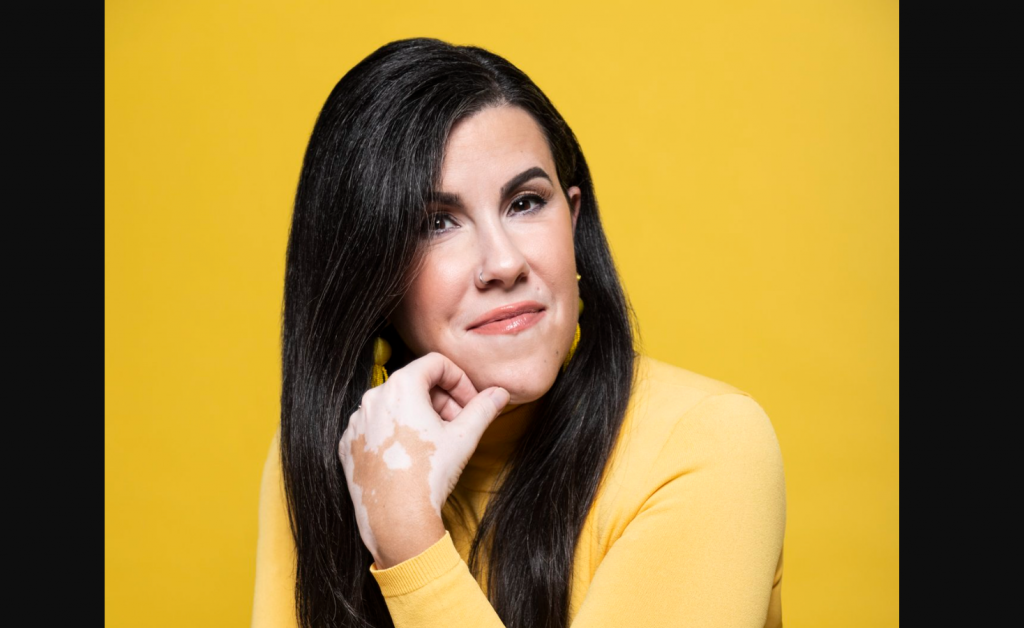Last April, Cossette Media began testing the NOBL media ranking tool to apply a “quality” filter to media placement. And the results in the English Canadian market – for its client Sun Life – are very promising: increased engagement and click-through rates, combined with lower costs per click. Interview.
Since the emergence of digital marketing, companies have massively shifted away from “media buys” to Facebook and Google ads, which now account for about 80% of all digital ad spending.
Quebec agencies recognize this problem; and in May 2020, the A2C and CDMQ came to the defense of local d placement with the Mouvement média d’ici, pledging to “double the share of digital budgets going to local media in the next three years“.
Already committed to this movement at the local level, Cossette Media has decided to go one step further by integrating a NOBL media ranking tool – created by Matt Rivitz of Sleeping Giants, among others – into its programmatic placement platform, allowing it to refine its buys in the English-speaking Canadian market.
This new tool ensures investment in quality platforms and actively supports local journalism, while maintaining a high level of media buying performance,” the release explains.
In an interview, Alia Abouzeid, Vice President of Strategy at Cossette Media, explains that NOBL’s algorithm analyzes the textual content of local and national media sites and assigns them a score based on content quality criteria. Sites that contain extreme language or misinformation are downgraded.
On its website, NOBL positions itself as follows:
Alia Abouzeid explains the strategy deployed using the Californian tool:
‘In our programmatic buys, we usually set conversion goals aimed at purchasing the product or a specific action (e.g. visiting the brand’s website),’ she explains. Our algorithm directs ad buys to placements that meet those goals. But, in this case, with NOBL, we’re adding one more filter, which is the journalistic quality of the content, and we’re trying to see if we can perform as well.”
The answer? Yes, even better than without the “quality” filter. Last April, Cossette Media launched a pilot project with its client Sun Life, which accepted the test in the English-speaking Canadian market. To validate the effect of NOBL’s algorithm, Cossette Media conducted A-B test campaigns with and without the quality filter and the results are as follows:
Click-through rate: +104% (campaigns with the “quality” filter VS those without the filter);
Cost per click: -37%;
Cost per engagement : -29 %.
To explain these results, Alia Abouzeid reminds us that the context in which a consumer sees an advertisement has a great influence on the perception they retain:
We know that the context in which people see the ad matters. This is true in both traditional and digital media. Except that in digital, there are fewer tools to work with, especially in programmatic… Now we’re finding solutions with partners like NOBL and great clients like Sun Life who want to make a difference by testing these solutions.”
The VP of Cossette Media emphasizes the intrinsic value of ad placement in quality media:
People are more engaged when they read content that they feel is quality, relevant, local. Their attention will be increased, they will associate the brand with a positive effect, so with positive content, that brand has the same values, and therefore, they will click on the ads.”
Note that, for now, NOBL’s platform can only analyze English-language textual content.
In Quebec, we already have our own lists and agreements with local and national Quebec media,” says Alia Abouzeid.
Rebalancing the advertising base
In recent years, the appeal of social marketing and “retargeting advertising” has created a shortfall for local media, which rely on advertisers to fund their journalistic activities.
For us, investing in local media remains a priority,” insists Alia Abouzeid. It’s a way to promote healthy web content and fight misinformation. With some clients, we have developed an index to measure the proportion of their digital investments.”
The goal is not to “divest” from the Web giants, she says.
We want to find a balance and show that media buying can be just as effective and, above all, we want to find a lasting solution for our industry, to ensure the sustainability of Canadian and Quebec media.




